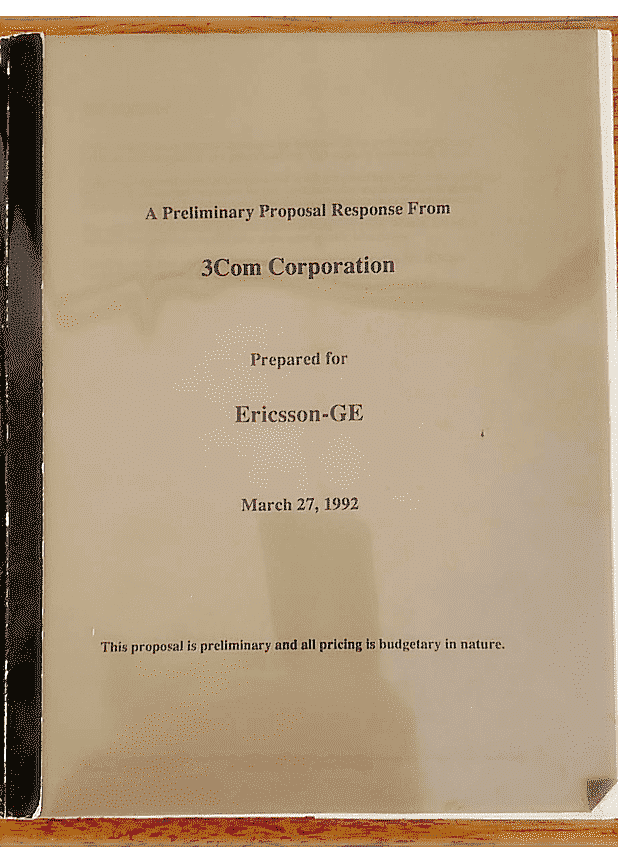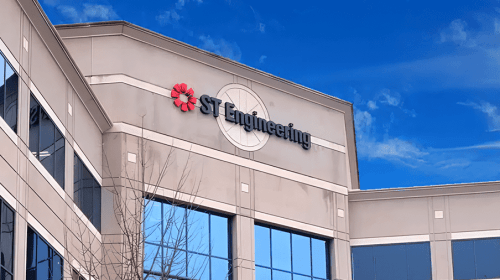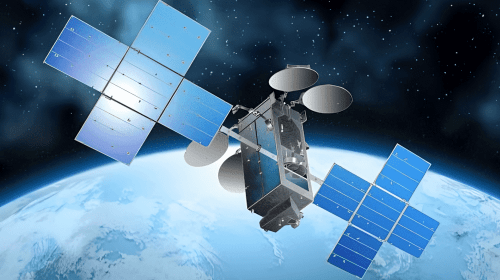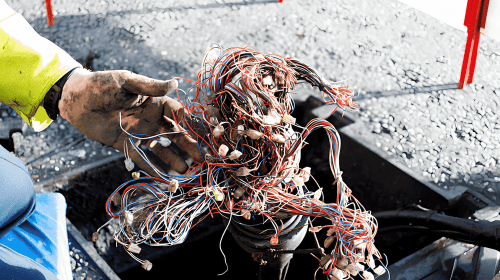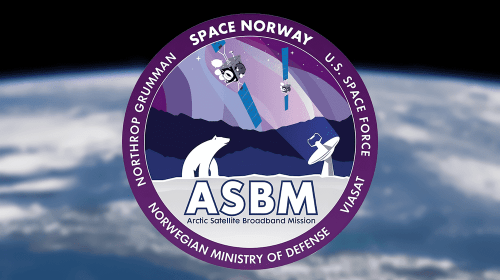A Complete Professional Services Project for Ericsson-GE
Aug 30, 2020
In my last memoir blog article (Pats Memoirs – Bridge Communications & Early Ethernet), I discussed my first introduction to Ethernet and Local Area Networks with Bridge Communications. Bridge Communications, one of the early pioneers in Ethernet networking, merged with 3Com Corporation, one of the early pioneers in server-based local area networks (LANs). 3Com, founded by Bob Metcalf, one of the inventors of Ethernet while working for Xerox, developed file servers designed to allow multiple workstations to share file storage, printers, and other resources. 3Com also developed one of the first email applications, 3+Mail, which contributed to a revolution in computer communications.
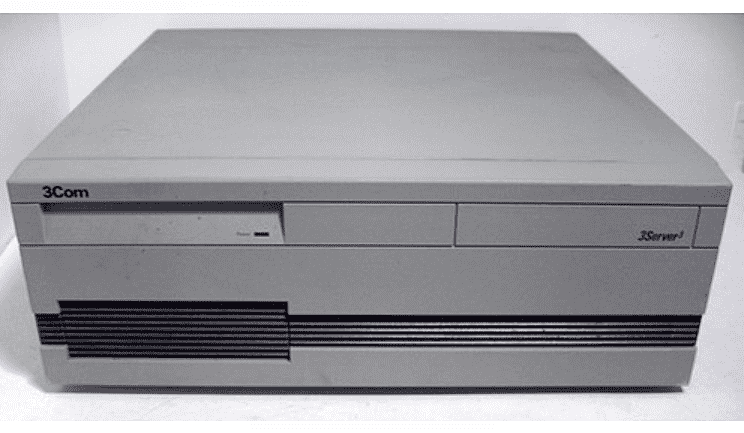
3Com’s 3+ and later 3+Open (standardized) servers, provided file storage where users could store local files so companies did not have to purchase what was then, very expensive disk storage for every workstation. A file server would provide protected partitions for individual users, and shared partitions for file sharing among users. Printers could be attached to the server, and users could share printers, instead of buying one for every workstation, or having to walk a print job on a floppy disk over to someone else to print out. 3Com also introduced the 3Station, basically a PC with no hard drive that used 3Server file servers for storage.
Unlike the Bridge Communications terminal servers and gateways that were inter-connected with thick Ethernet cable, 3Com marketed thin Ethernet, or Thinnet (10Base2) cable to connect servers and workstations in a daisy chain. A simple BNC connector twisted on or off, with no need for the much more labor intensive Thicknet connections. The cable still had be terminated at each end, and any break would bring the entire network segment down, but the solution had excellent shielding from EMI (electromagnetic interference), and is still used in some shop floors with heavy motors and generators that create this interference. Fiber optic cable is essentially immune to EMI, but it is not very robust, while Thinnet is quite sturdy. A BNC-T connector was used to connect the cable to a PC card that was inserted into the PC workstation. The 3C501 Thinnet Ethernet card was one of the first Ethernet cards. Over time, the cards improved and supported higher throughput and the new generations of PCs that were being released at that time.
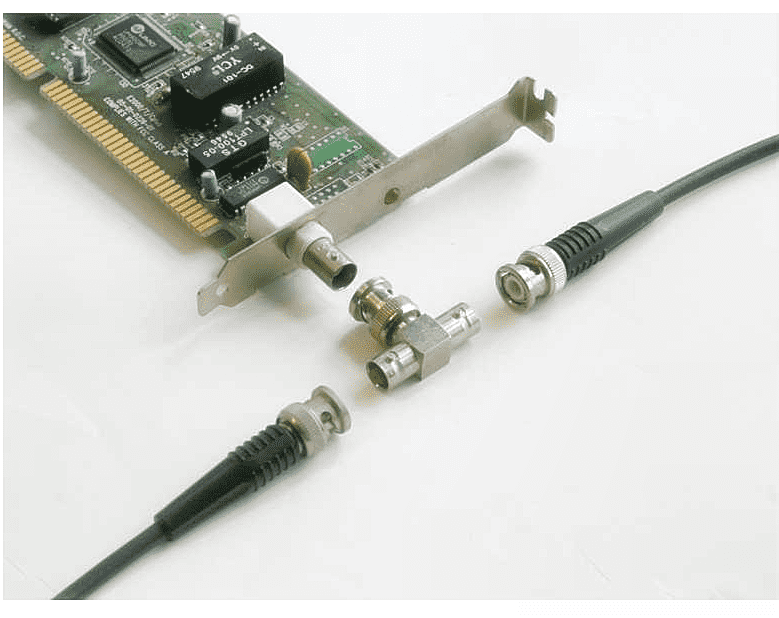
The terminal servers provided by Bridge Communications over thick Ethernet provided connectivity for “dumb” terminals to connect to a wide range of computers and minicomputers. Gateways were created to allow PCs in a Thinnet LAN to access hosts connected to terminal servers or other gateways, in addition to connecting to networked file and print servers. This gave users the advantage of distributed personal workgroups, with ongoing connectivity to corporate minicomputers and mainframes.
After the Bridge/3Com merger, my name came up as a potential sales rep to handle a large Bridge Communications account in western Virginia. I had started my career in sales but was a System Engineer at the time. I wanted to get back into sales because System Engineers do all the work, and salespeople make all the money! I was qualified for this with the Bridge products, but at the time was still struggling to figure out what a file server was. However, I was invited to interview with the 3Com District manager who oversaw the Mid-Atlantic district of combined Bridge and 3Com sales reps. He had well-trained reps who knew the 3Com product line, but who knew nothing about the Bridge product line, and they needed a new sales rep for a couple large accounts. All his people were in the Washington DC region, and they seldom ventured into the rest of Virginia. They needed someone in central Virginia, and I was interested.
I will always remember that interview. Bob, the Regional Manager was a tall, thin, fierce looking character, though I would discover later that he was a good manager, one of the best I ever had. I learned from friends in the company that Bob always asked people interviewing with him to describe themselves with 5 adjectives and most people, not expecting this question, would get stumped. I prepared ahead of time and had my adjectives all prepared. (OK, so what sales rep does not exaggerate a little bit!). Anyway, halfway through my list and intimidated by this “fierce” manager, my mind went blank. What to do, what to do? I fell back on Boy Scouts, running through the Scout Law. A Scout is trustworthy, loyal, friendly, helpful courteous, kind, obedient, cheerful, thrifty, brave, clean, and reverent. I was able to grab a couple additional adjectives out of that list, and changed the words a little: brave – a risk taker, loyal – yeah, I would look out for the company, friendly – get along with customers, and so forth. I managed to scrape up enough adjectives without any noticeable delays and put them into “sales language.” Whew. However, the next question he asked me, nailed it. He said, “Tell me about your driving habits.” I answered, “With or without my wife in the car?” He loved that answer, and I got the job. So off to Virginia I went, where I still reside.
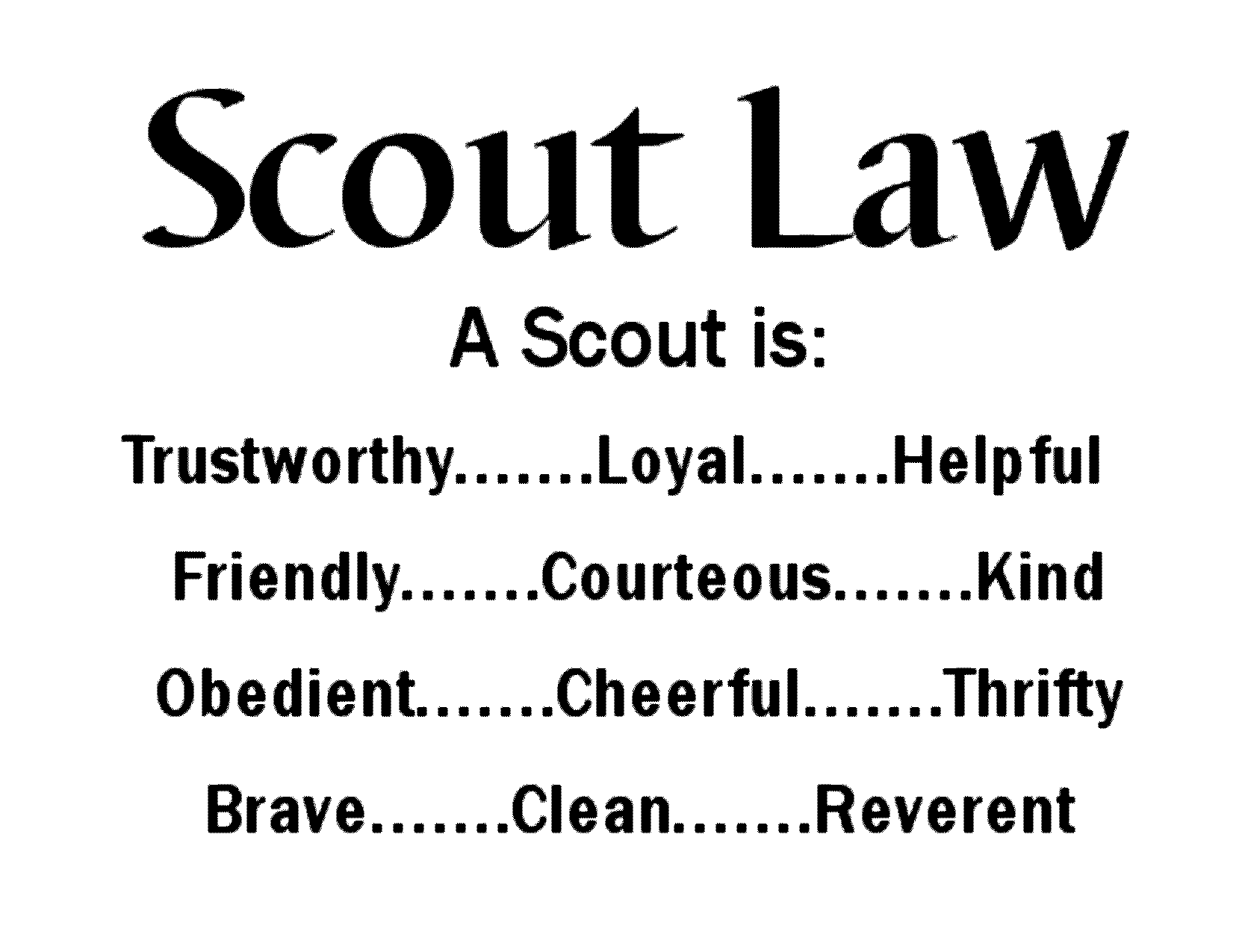
I had not seen snow since my dad was stationed in Massachusetts, when I was a kid. Aside from having to buy coats, boots, and long underwear, I had to learn to drive in the snow. Shortly after I arrived, I went to visit the account that they wanted me to service, which was in Lynchburg, VA out west a fair drive. The customer, General Electric, was great. Senior management loved the Bridge solution and they were happy to have someone like me with some system engineering experience and a good understanding of the product line. I enjoyed supporting the customer and they continued to grow their network and feed my commissions.
To teach the 3Com folks a little about IP data communications (remember these were file server and software application salespeople, and their workgroup computer networks used a protocol called XNS, rather than TCP/IP), a group was formed of Bridge Communications sales reps and engineers. I cannot recall what the group was called, but I was selected to represent the mid-Atlantic region. I visited the headquarters in San Jose, California monthly to talk with marketing folks about how best to integrate the two company’s product lines and to train each other. I remember teaching a small class about some of the more advanced and technical gateways we offered such as the GS-1/SNA, a gateway to allow dumb terminals connected to terminal servers to log into an IBM mainframe. There was also the GS-1/X.25 gateway, which converted traffic to work on X.25 circuits popular at that time. X.25 is an ITU-T standard protocol suite for packet-switched data communication in wide area networks. This was a complex product to configure, and I told the class it was our “good news/bad news” product: “The good news is that it does everything. The bad news is that it does everything.” Someone in corporate liked that and put it on a presentation to be used for teaching larger classes.
In between representing the region for Bridge Communications products, I was launched into the PC workgroup distribution wars. This was a time of ARCNET (Attached Resource Computer NETwork), Ethernet, and Token Ring (sponsored by IBM), fighting it out for dominance. It was also a time of file server operating system battles between 3Com’s 3+Open, Novell Netware, Digital’s DECNET, IBM LAN Manager, and Banyan Vines. There were several networking organizations in Richmond, and regular trade shows. We participated in competitive debates, and put on presentations to businesses in the region, fighting it out tooth and nail for dominance. We won workgroup computing deals here and there, including a large network at one of the leading law firms in Richmond, but I was always drawn more to the Bridge Communications products and data networking. I did not care so much about what those bits did, I just wanted to move them from here to there as required for the applications to work properly.
At about the time I was moving to Virginia, Ericsson had entered into a joint agreement with GE and my account became Ericsson-GE. The plant was to be completely refitted to produce new, smaller cellphones that would replace the “Bag Phones” of the day. They were large and bulky and included a base with a normal telephone handset attached. I believe the Motorola phone in this picture is what I had at the time. There was little cellular service outside the major metropolitan areas, but coverage was growing steadily. Ericsson was going to build pocket phones, and they were going to do it with a new state of the art manufacturing facility and supporting network. The company wanted a completely new network. It still had to support all the terminal servers, but there would also be Ethernet distribution throughout the factory.
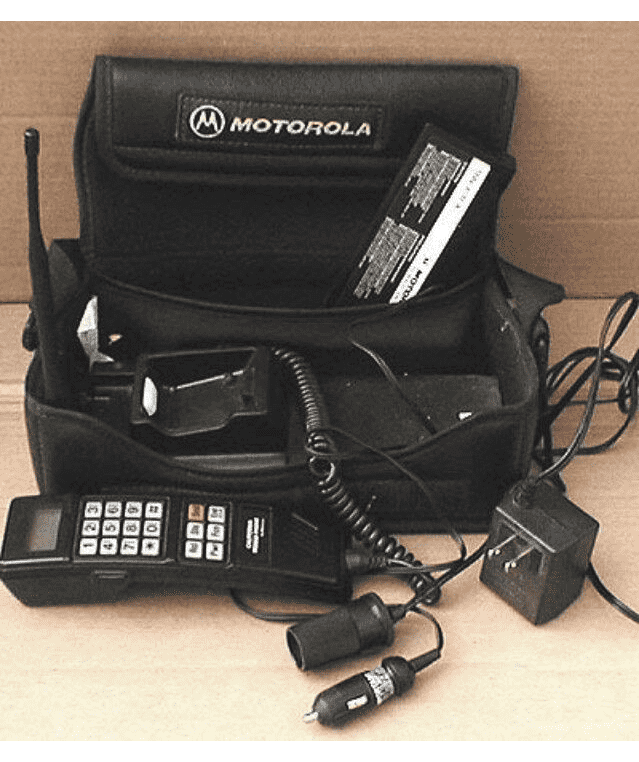
Ethernet won the battle with IBM’s Token Ring and ARKNET as we all know. What solidified that was the development of 10BaseT, or the ability to run Ethernet over twisted pair, i.e. telephone wire. This made for a clean star distribution system, with twisted pair cabling running to distributed wiring closets. This was easier to deploy and much easier to troubleshoot than daisy-chained stations on Thinnet. We were riding a raging wave of technological development in those years. New hubs (these were repeaters, not switches) were fighting for market share, and featuring various competitive options such as management, redundancy, and flexibility. As I recall, 3Com OEM’d a Cabletron hub called the ECS. This multi-slot hub consisted of 12 ports of 10BaseT per module. A module could be tied to the hub backplane, so that all the modules were sharing a single 10 Mbps connection. Alternatively, a module could be isolated from the backplane and operate as a stand-alone 12 port hub, and these standalone hubs could be linked together externally with a 10BaseT jumper cable from one card to another, although this would eat up a couple ports. It was possible to design a similar configuration using small stand-alone repeater hubs, but Ericsson wanted full network management, and redundant power, and the ECS offered this.
While local distribution with 10BaseT was beginning to be deployed on large scales, a means was needed to connect everything together and get it back to the computer room. In the past, this would have been the ungainly thick Ethernet discussed in the memoir prior to this one. It was only 10 Mbps, so connecting all these 10 Mbps stations to a 10 Mbps backbone, was a sure to lead to congestion as traffic grew. The solution was FDDI (Fiber Distributed Data Interface). This transmission method was based on fiber to begin with (copper was added later). FDDI was a dual fiber ring topology similar in some ways to Token Ring which ran at 4 Mbps or 16 Mbps, but it used different signaling. It provided 100 Mbps transmission with built-in failover, so it was quite reliable, particularly if you laid out the fiber paths in such a way as to minimize losing both at the same time. If the backup ring was not being used for redundancy, it could carry data, doubling capacity to 200 Mbps. Ericsson-GE was using DEC (Digital Equipment Company) computers that had built-in FDDI interfaces, or were connected to FDDI concentrators, so hosts could be placed directly on the backbone.
In a large network, Ethernet becomes congested. Ethernet is like being in a long hallway and shouting out the door every time you have something to transmit. If nobody else is transmitting you can send your data. If two stations try to transmit at the same time, both back off, wait a short period and try again. As you add more and more stations, there are more and more “collisions” and thus performance drops. Ethernet hubs like the ECS were repeaters. The stations connected to them were connected in a star, but they were all still attempting to use the same 10 Mbps to transmit, and this would bog down the network as traffic levels grew. When a station tried to transmit, that signal had to go to all the other stations plugged into the hub. The solution was Ethernet switches.
An Ethernet switch consists of ports that do not repeat everything to all the ports. Each port was essentially a standalone 10 Mbps segment – whether there was a single station on it, or a repeater/hub with multiple stations. The switch examined incoming packets and instead of forwarding them to all ports, they would forward only to the port where the destination was located. Cutting the network up into multiple small Ethernet segments, reduced the collisions and associated overhead, making it far more efficient. In the past, the only way to do this was with expensive routers. Routers however required that every segment have a separate IP network identification, and processing and memory were required to move traffic from one segment to another. With a switch, everything connected is still part of a single IP network, but with all or most of the collision overhead removed. There was no need to “route” from one segment to another. The switch would direct traffic to the specific port where the destination was connected, rather than broadcasting it to all the stations, as is the case with a normal Ethernet segment, whether on Thicknet, Thinnet, or a 10BaseT repeater hub.
3Com OEM’d brand new switch technology from Synernetics, whom they purchased later. This product was called the LinkBuilder 3GH hub. It supported FDDI station port or backbone connections, so you could plug an FDDI station directly into it, or you could connect the switch to an FDDI backbone. We’ve mentioned routing, and while it is a poor solution for speeding up Ethernet by breaking it into smaller segments, it provided a very valuable service in a) converting media, as in from Ethernet to Token Ring, or FDDI, and b) separating workgroups, so that corporate functions could be separated from manufacturing floor operations. 3Com’s routing solution which grew out of the Bridge Communication side of the house was the NetBuilder II router. It was a leading router at the time, with Cisco yet to become a serious player.
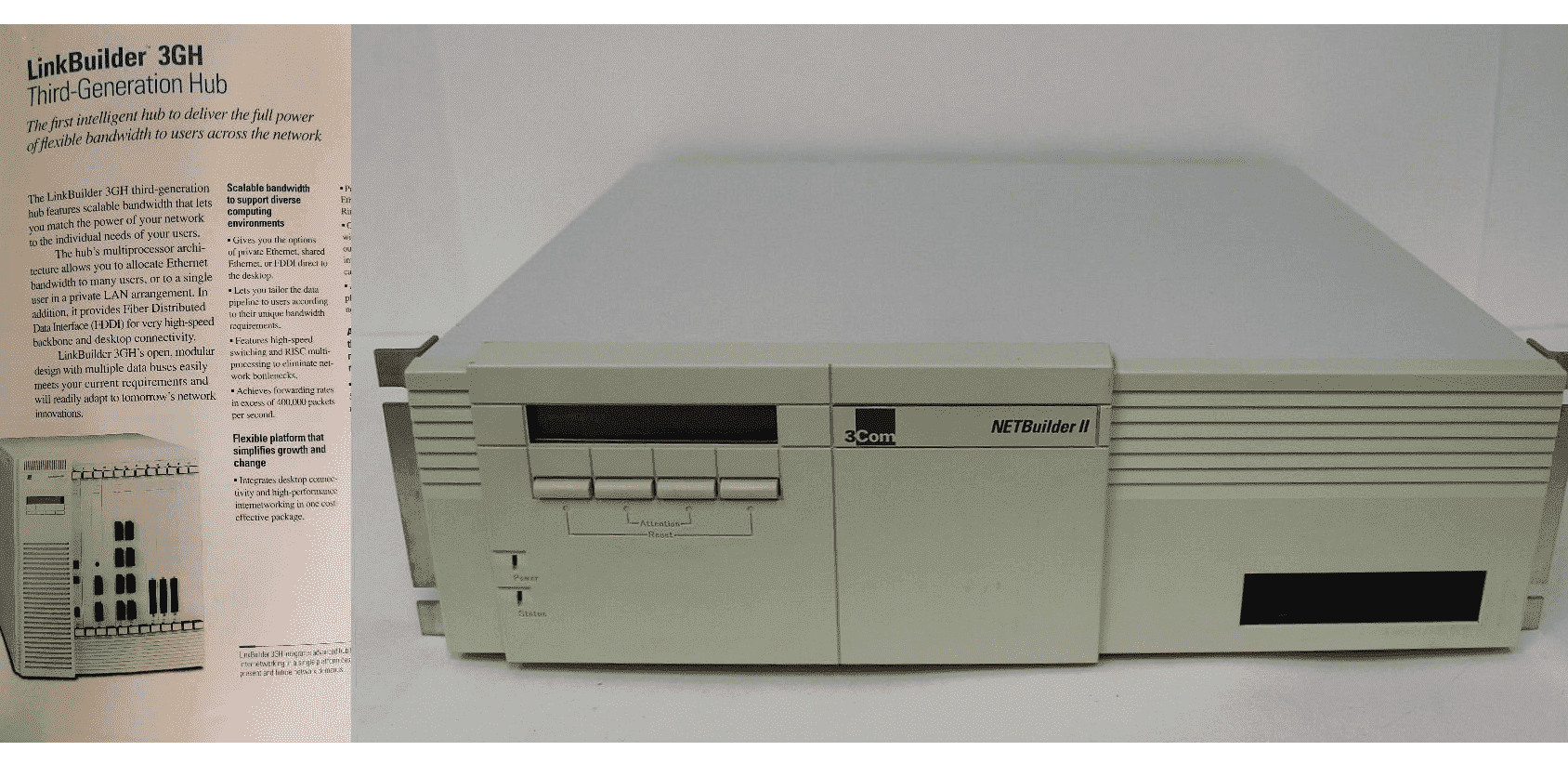
So now we have all the pieces. Ericsson wanted a state-of-the-art network that was highly resilient, fast (100 Mbps was really fast in those days!), flexible and scalable. And the competition was going to be fierce. We were to compete with the big boys, DEC and IBM, and anyone else who wanted to play. Our home advantage in having the Bridge Communications network in place was a help, and much of that equipment would continue to play a role, but IBM and DEC were much larger players…. So, we got to work.
I am not sure how many beers it took, and how many paper napkins we went through, sitting at Hooters, designing a new network, but it was an interesting time. I took the role of proposing solutions. My System Engineer Eric, (who now leads System Engineering at iDirect, one of BusinessCom Networks’ key technology partners), took the role of shooting down my ideas, something he enjoyed way too much. We had some tools to work with that nobody else had. We had FDDI for a backbone, NetBuilder II for connecting and routing separate networks, the 3GH Hub to provide Ethernet switching for individual stations, or distributed ECS Ethernet hubs, and the ECS hubs had great flexibility by being able to connect modules to the backplane or leaving them isolated, creating opportunities for increased redundancy.
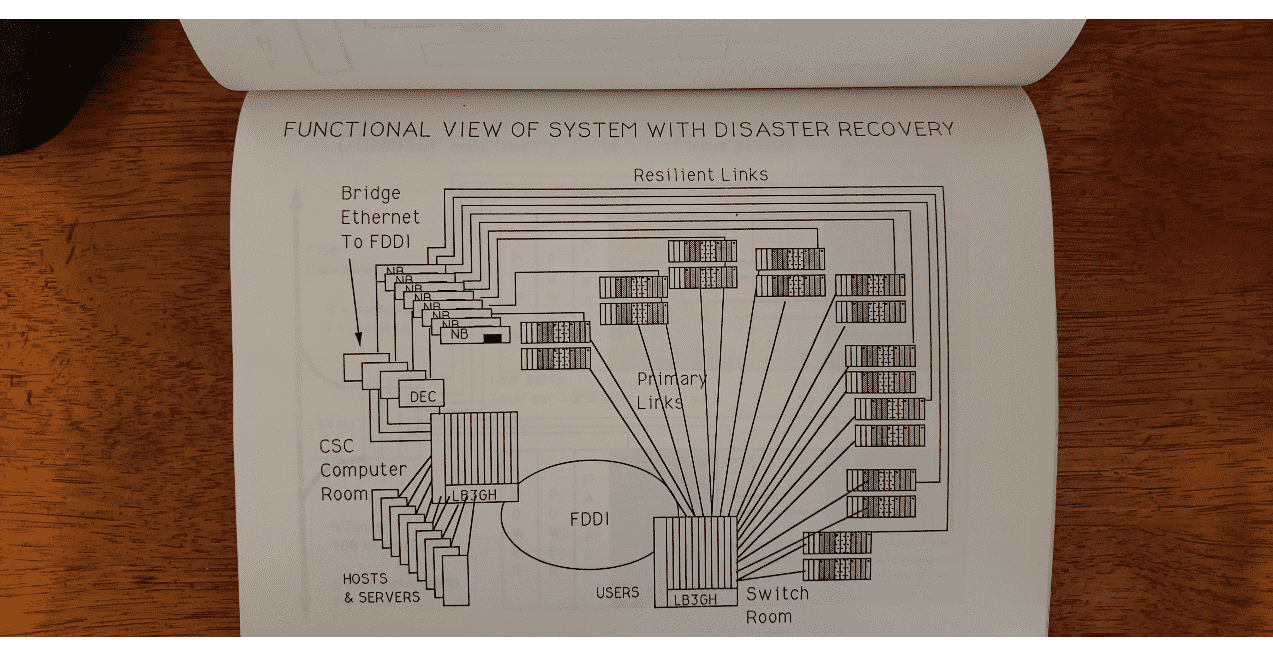
We ended up leveraging the isolation feature on the ECS hubs. We created multiple workgroups, by isolating modules and tying them together to support Ethernet stations – many of which were on the manufacturing floor. We took each set of modules and provided a backup path to the 3GH Ethernet switches. The ECS hubs had redundant power and management modules, so at worst you could lose a single module of 12 ports, and this could quickly be replaced. Otherwise, everything was redundant, connecting to different ports on the 3GH switches which were in turn part of a redundant FDDI backbone, and all traffic was departmentalized by NetBuilder II routers. None of our competitors could offer the same level of redundancy, flexibility, or performance that we could, but this was just part of the project.
Another development during this time was the development of twisted pair wiring systems for 10BaseT and later 100BaseT networks. While we were a networking company, not a cable distribution company, this project called for a single provider for the whole network. Enter my buddy Rock. Back in Florida, I made friends with an IBM system analyst living in Gainesville, working at the University of Florida. Rock and I hit it off, and once a month or so, I would find an excuse to ride to Gainesville to pay him a sales call… on my motorcycle. This was the first of a handful of companies I was able to ride a Harley Davidson motorcycle to for a sales call, with no need to wear a suit. When I was still a System Engineer in Florida, I went to meet with the Univ. of Central FL wearing the standard suit and tie. The decision maker met me in a T-shirt, shorts, and sandals, and told me if I ever showed up in a suit again, I was done! Another client would give me the same speech some years later, chasing me down the hall with scissors to cut my tie off. I love customers who don’t like suits!
When 3Com sent me to Virginia, I suggested Rock as a replacement for me, and he was hired. Rock was a heck of a character. A former military rescue diver, he was built like his name. I lived near Clearwater, FL at the time, and Rock moved into a spare room in our condo for a short time, while my wife and I were preparing to move to Virginia. He would put on a backpack, fill it with rocks and go jogging in knee to thigh deep water in the Gulf of Mexico a couple blocks away. I kept expecting him to drop into a hole and not come out, but he always made it. The love of his life at the time was his BMW which he washed daily.
Rock ended up moving from System Engineering to Professional Services, which includes integrating third party solutions, and providing project management for the full solution. I guess it was the military background, but Rock could not say no to any challenge, even one well beyond his means, and he usually found a way to make it happen. Fortunately for me, he was assigned to run project management on our new network at Ericsson-GE. He knew AT&T Systemax wiring systems and designed the cable layout for the plant.
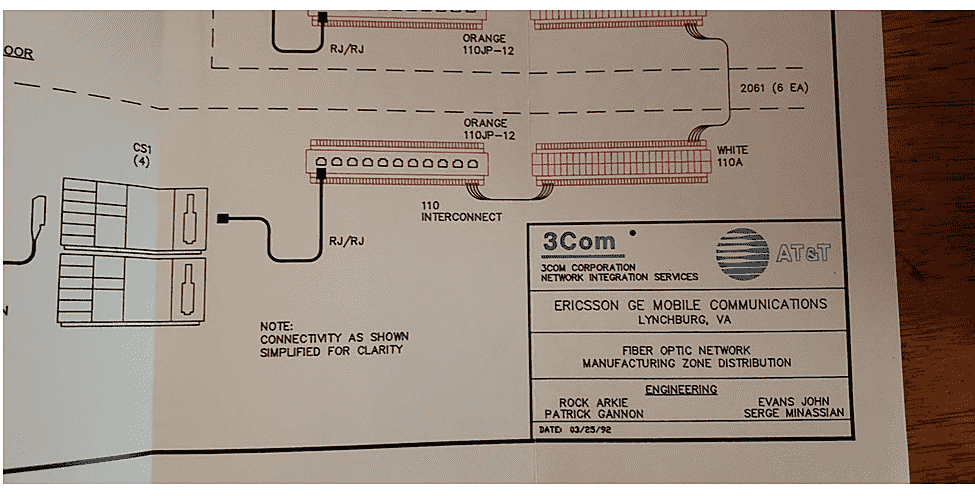
One of the things the company was concerned about was EMI (electromagnetic interference). They were worried that our hubs and other hardware might interfere with the manufacture of the radio equipment, or that EMI the machines generated would impact the cable plant, and we had to nullify these concerns. Rock found a research company that loaned or rented him equipment to test EMI interference throughout the facility. It consisted of a piece of equipment with a wand sticking out with a Styrofoam ball at the end. Rock drew a picture of a smiling face on the ball and went around the facility checking EMI levels. The results removed any concerns about EMI.
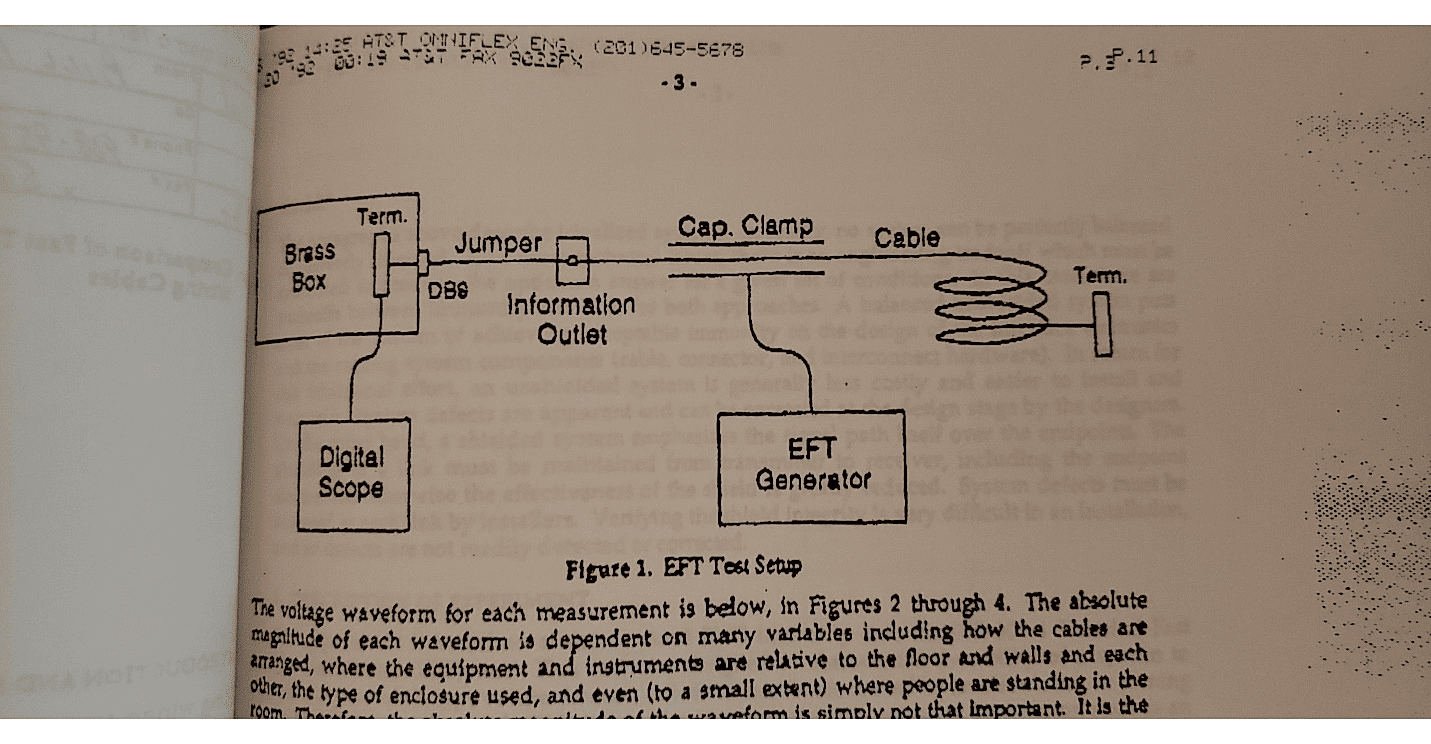
I must tell a story about Rock. He had a lot of driving to do. I know he relocated to northern VA at some point, and he flew up there frequently, as the region’s Professional Services Manager. It was a bit of a drive from DC to Lynchburg and Rock loved his BMW. When he got the inevitable speeding ticket, he decided to go to court. The judge, he told me, was a stout black lady – very professional and efficient. She was finding case after case, guilty… guilty…guilty, but people in the courtroom were chuckling under their breath, because the front of her blouse was partially unbuttoned, and she was “spilling out” to some extent. Rock asked to approach the bench when his case came up. He informed the judge quietly about her wardrobe malfunction. Yeah, he got out of the speeding ticket…
Sales is certainly not without its politics. The District Manager, Bob, who hired me, was promoted to Regional Manager, and I reported to a new District Manager who tried hard to dissuade me from pursuing this project. I was not turning in many workgroup solutions based on the 3Com product line, and he was upset that I was putting too many eggs in one basket. I went back to Bob for advice. He said I should multiply the realistic chance that I thought I had of closing the deal, by the cost of the project, and doing the same for the multiple smaller projects I had pending. It was clear that winning this deal would more than cover my entire quota for the year, and I was still confident of winning it, so I continued to put my focus on the deal, and limiting my efforts on smaller workgroup computing projects, to the dismay of my manager.
The original proposal was submitted in March of 1992, as well as a revised response, based on customer feedback a month later. It became truly clear that we had a good shot at this project. I always wondered if it was my car that did the trick. At that time, I was driving a Volvo 780 Turbo. the 780 was designed and built by Carrozzeria Bertone in Turin, Italy and was sportier than your typical boxy Volvo of the time, and faster. I was looking out the window towards the Ericsson-GE parking lot one day while visiting the client and saw a group of visiting Ericsson executives huddled around the car checking it out. They came in and asked whose car it was… Mine! I think they really liked that I was driving a cool Swedish car! It looked just like this one…
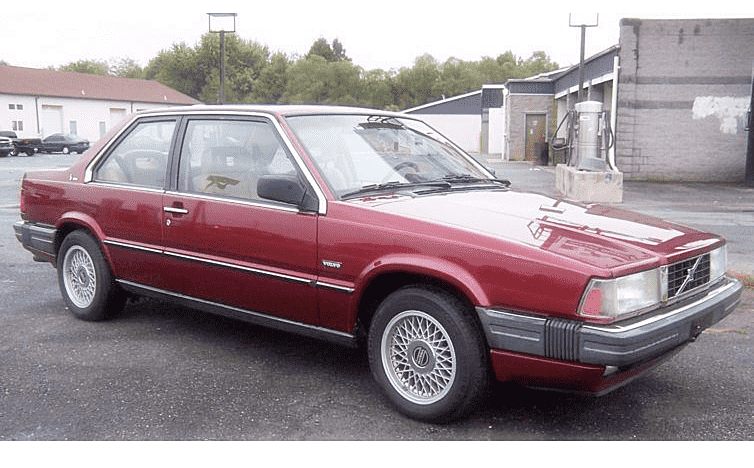
Whether the car had anything to do with it or not, I certainly cannot say, but it became evident that we had the best design and solution for them – better than the big boys like IBM and DEC. At this point, 3Com corporate resources started getting involved, because this was going to be a $2.5 million-dollar Professional Services deal, with a bunch of hardware and services – the largest Professional Services contract for the company to date. They flew out corporate people to go over the deal and review all the design and pricing, and to provide a corporate face for the customer to see. At this point, my District Manager wanted to become the point of contact and began pushing me aside, something I did not take kindly to, after all his attempts to dissuade me from the project in the first place.
We got the deal, I made quota. I was the third highest sales rep in the company for the year, and then I found another job. My boss, who had not read the resignation email I sent him, called me from the Global Sales Meeting in California where I was supposed to be going on the stage to accept an award in a matter of minutes and he didn’t know where I was… I wonder what it was like trying to explain why one of the top reps in the company bailed out on him.
One more story tied to this project before I call it quits here. Recall that I had been part of a group that visited corporate headquarters monthly to discuss how to integrate the Bridge Communications and 3Com products. That group was disbanded after a while, but I had made good corporate contacts. When the company OEM’d the Synernetics switch (3GH hub), the company was struggling to figure out what to do with it. It had been envisioned as a switch placed in a computer room with servers connected to individual switched ports connected to an FDDI backbone. The design Eric and I came up with, used the switches for this purpose, but we also used them to configure a switched LAN backbone. In truth, routers own the backbone, not switches, but the concept was of interest to the folks in marketing and they asked me to fly out and present the Ericsson-GE design we were working on, to corporate in a meeting that included Eric Benhamou, the CEO of 3Com and senior engineering and marketing execs. I cannot remember who the CTO (Chief Technical Officer) was at that time, but by the end of my presentation, it had become his idea, and 3Com changed the way they marketed the product.
They asked me to do a presentation at an upcoming sales training session, and I put together a presentation I named “Own the Bone.” The first page had a picture of a tiger with a bone in its mouth. Unfortunately, this title did not stick, and they made me change it to “Own the Backbone” which did not have the same ring to it. I took a great deal of kidding from my peers, particularly those who knew the original name of the presentation, because Marketing gave me a laser pointer to use while presenting, and the early device looked like an instrument of sexual gratification, if you know what I mean. They videotaped the presentation, but unfortunately, I loaned my copy to someone and never got it back. It would have been extremely helpful in trying to recall these details so many years later.
My 3Com career at a successful end, I moved on to the router wars, where Cisco put in their first appearance and began to change the networking landscape. Thank you again, if you managed to make it this far, for allowing me to share another of my memories of the “good old days!”
